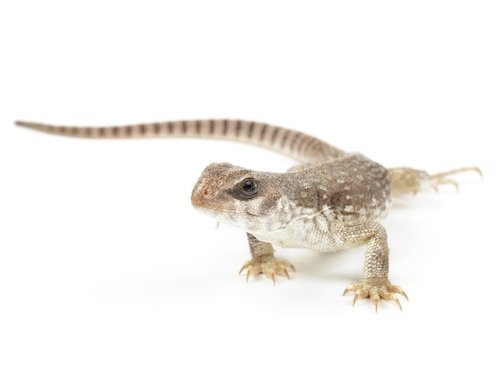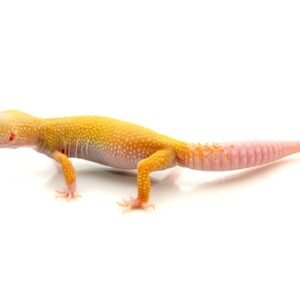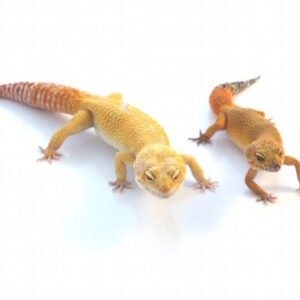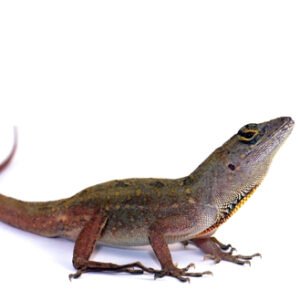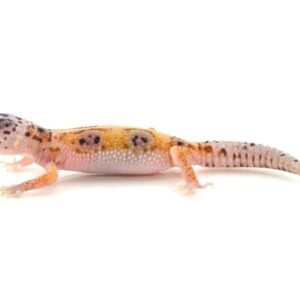Physical Characteristics and Habitat
The desert iguana (Dipsosaurus dorsalis) is a remarkable reptile known for its unique physical adaptations that enable it to thrive in harsh, arid environments. On average, this species reaches a length of about 16 to 24 inches, with males typically being larger than females. The coloration of the desert iguana is another striking feature; its skin varies from a grayish-brown to a sandy hue, allowing it to blend seamlessly with its dry, desert surroundings. This camouflage provides a vital defense mechanism against predators. In addition to its color, the desert iguana’s body is designed to minimize water loss, showcasing a robust structure that facilitates survival in extreme temperatures.
One of the key adaptations of the desert iguana is its ability to tolerate high levels of heat. These iguanas can regulate their body temperature by basking in the sun or seeking shelter under rocks and shrubs during the hottest parts of the day. This behavioral thermoregulation is critical for maintaining their physiological balance. Furthermore, their specialized scales help reduce water loss, a necessary feature while residing in environments where moisture is scarce. Their diets, predominantly consisting of leaves, flowers, and fruits, are meticulously extracted from the vegetation they encounter, enabling them to absorb moisture and nutrients effectively.
Desert iguanas are predominantly found in the shrubs and cacti of the Sonoran and Mojave deserts, which span across the southwestern United States and into parts of Mexico. These habitats, characterized by sparse vegetation and sandy soils, provide the ideal conditions for the desert iguana. The flora in these regions typically includes creosote bushes, cacti, and various grasses that afford both nourishment and refuge. Understanding the physical characteristics and specific habitats of the desert iguana highlights its remarkable adaptations to a challenging environment, showcasing the intricate relationship between organism and habitat.
Behavior and Diet
The desert iguana (Dipsosaurus dorsalis) exhibits a unique set of behavioral patterns that are crucial for its survival in harsh desert environments. Primarily diurnal, these reptiles are most active during the warm daylight hours, capitalizing on the sun’s energy for thermoregulation. Their activity typically peaks in the early morning and late afternoon, avoiding the extreme heat of midday. In terms of social interactions, desert iguanas are generally solitary animals, though they may gather in small groups during the breeding season. Mating rituals involve elaborate displays where males will engage in head-bobbing and push-up motions to attract females.
When it comes to diet, desert iguanas are herbivorous, primarily consuming a variety of plants, flowers, and leaves. Their nutritional intake is heavily reliant on the abundance of vegetation available in their arid habitat. This lizard is especially fond of certain flowering plants like the saguaro cactus and various desert wildflowers, which provide essential nutrients. While they are primarily plant-eaters, they may occasionally consume insects, particularly during the mating season when additional protein might be beneficial for reproductive success.
Seasonal changes significantly influence both behavior and food availability for desert iguanas. During the cooler months, their activity level decreases, leading to a period of dormancy or reduced movement. Conversely, after seasonal rains, the landscape flourishes with vegetation, allowing desert iguanas to exploit these conditions for feeding and breeding. Adaptations such as their ability to store water and utilize moisture from their food enhance their resilience against fluctuating desert conditions. Overall, the interplay between behavior, diet, and environmental factors underscores the remarkable adaptability of the desert iguana in its challenging habitat.

